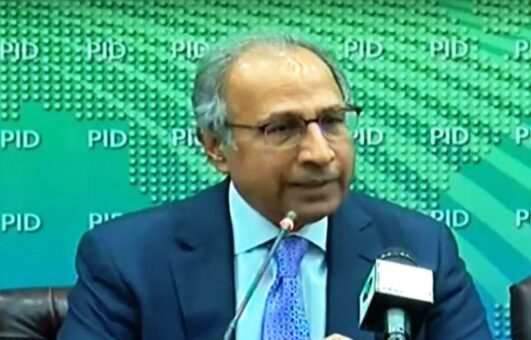ISLAMABAD: In a bid to alleviate liquidity challenges faced by the industry, particularly in the aftermath of the COVID-19 pandemic and subsequent lockdowns, the government of Pakistan has disbursed a substantial amount of Rs 100 billion for the repayment of tax refunds and duty drawbacks.
As part of the government’s comprehensive Rs 1,240 billion stimulus package, announced by Prime Minister Imran Khan on March 27, 2020, a statement released on Friday confirmed that Rs 100 billion had been allocated to the industry under tax refunds on April 02, 2020.
Dr. Abdul Hafeez Shaikh, the Advisor to the Prime Minister on Finance & Revenue, underscored the significance of these unprecedented measures taken by the government to support businesses and employment during these challenging times.
This release of tax refunds is marked as the highest in Pakistan’s history, reflecting the government’s commitment to addressing liquidity challenges faced by the industry. Dr. Shaikh emphasized that an improved cash flow position for companies will ensure timely salary disbursements to workers.
All tax refunds, up to March 31, 2020, have now been cleared, with the recent payments including Rs 52 billion in GST refunds to the industry (excluding the export industry), Rs 10 billion released to the export industry through the FASTER system, and Rs 15 billion in duty drawback payments.
In addition to these disbursements, the government has also released Rs 20.5 billion under the Duty Drawback on Taxes Levied on Inputs and Services (DLTL) scheme. Throughout the current fiscal year (July-March FY20), the government has released a total of Rs 163 billion in tax refunds to the industry (under GST and income tax). This represents a notable 61.4 percent increase compared to the Rs 101 billion released during the same period in the previous fiscal year (July-March FY19).
These financial injections aim not only to stabilize businesses but also to stimulate economic activity by ensuring a steady flow of funds within the industry. The government’s proactive measures align with broader strategies to mitigate the economic impact of the pandemic and sustain the well-being of businesses and the workforce.
